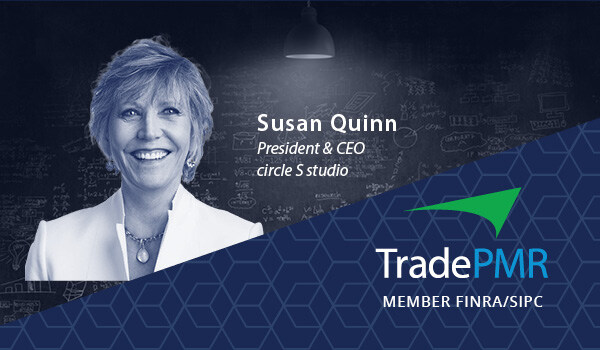Client demand for customized solutions might mean more work for advisors, but it also provides an opportunity for RIAs to impress, according to Lamar Pierce, a professor of organization and strategy at the Olin Business School.
The Synergize podcast explores the evolving role of the financial advisor in an emerging AI-driven world. Host and TradePMR Chief Client Growth Officer Bill Coppel brings together thought leaders and industry experts across a range of disciplines to share insights designed to help registered investment advisors thrive in the industry of tomorrow. You can listen and subscribe for free on Apple Music, Spotify, and YouTube.
On Episode 6 of Synergize, Lamar Pierce, a professor of organization and strategy at the Olin Business School at Washington University in St. Louis, explains how advisors can turn high expectations into captivating differentiation, and how RIAs can use the latest insights from behavior finance to guide their investment management workflows, decisions, and actions.
Equipped with the right tools, an advisor can help ensure their clients feel comfortable with their investments, which in turn may lead to better financial decisions. But how can advisors continue to evolve in such a fast-paced environment, especially as client demands increase?
Pierce describes how strategy and flexibility can be mutually reinforcing in an excerpt below, which has been lightly edited for clarity.
Lamar Pierce, professor of organization and strategy at the Olin Business School at Washington University in St. Louis:
Advisors need to understand who their clients are, but also that not all of their clients are the same. That’s key.
One of the mistakes that's happened in the past with behavioral science is that the financial advising world has assumed that humans all have the same biases, and that simply being aware of those biases is sufficient to address their deficiencies. Humans do tend to have the same biases — but they have them in very different ways and at different levels.
One of the real focuses for advisors needs to be the understanding that everybody's different. Everybody thinks and feels differently about money.
Advisors need to first understand their own portfolio. Who are their clients? How do each and every one of their clients think and feel about money? And even within a given account, how do different members of that family conceptualize money?
As we all know, we don't always agree with our family members about money. Even if we say we agree, we don't necessarily agree.
When it comes to strategy and behavioral finance, what we're really focused on and excited about is this opportunity to help advisors have ways to document, understand, and have actionable items that really leverage these differences in people in ways that are helpful for them.
One of the examples we often use is how people respond to a crisis or unexpected bad events.
Suppose the stock market crashes 4% in one day, which certainly we've seen in recent years. What's the response going to be?
For some clients, when that happens, they want to immediately take action. This is often the case. A client might call an advisor and say, “Do something.” Of course, the classic failing there is that the asset prices just fell a bunch and then you're going to sell.
But that's only some clients, right? Other clients are going to be the ones who stick their head in the sand. Part of the problem with that approach is that there are some portfolio adjustments you probably want to make when relative asset prices change. They aren't as dramatic as a lot of people think, but there are some changes to make.
There's not one better or worse approach to this. I think we all have our own failings. We all have our own blind spots. It's really about understanding the types of people that advisors serve and how to address different biases.
It's not just about the knowledge you have. It’s about actionable items, too. It’s about having the tools and guides on how to have conversations.
You can find the full conversation along with every episode of Synergize here. Be sure to subscribe on Apple Music, Spotify, or YouTube.
About TradePMR
For more than two decades, TradePMR has worked with growth-minded independent registered investment advisors (RIAs), providing innovative technology tools and support designed to transform their businesses. The privately-held brokerage and custodian services provider (Member FINRA/SIPC), based in Gainesville, Fla., works to streamline investment advisors' operations through comprehensive custodial, operational, and trading support. For more information, visit www.TradePMR.com.
Follow TradePMR on X, Facebook, and LinkedIn for the latest news, updates, and event information.
Disclosures:
This content is provided for general informational purposes only. The views expressed by non-affiliated guest speakers are their own and do not necessarily reflect the opinion of TradePMR or its affiliates. Olin Business School is not an affiliate of TradePMR. TradePMR and its affiliates do not endorse any guest speakers or their companies, and therefore give no assurances as to the quality of their products and services. TradePMR does not provide investment advice, tax advice, or legal advice. Trade-PMR, Inc. is registered with the Securities and Exchange Commission (SEC) and the Municipal Securities Rulemaking Board (MSRB). TradePMR provides brokerage and account services to registered investment advisors. Custodial services provided by First Clearing. First Clearing is a trade name used by Wells Fargo Clearing Services, LLC, Member SIPC, a registered broker-dealer and non-bank affiliate of Wells Fargo & Company.






